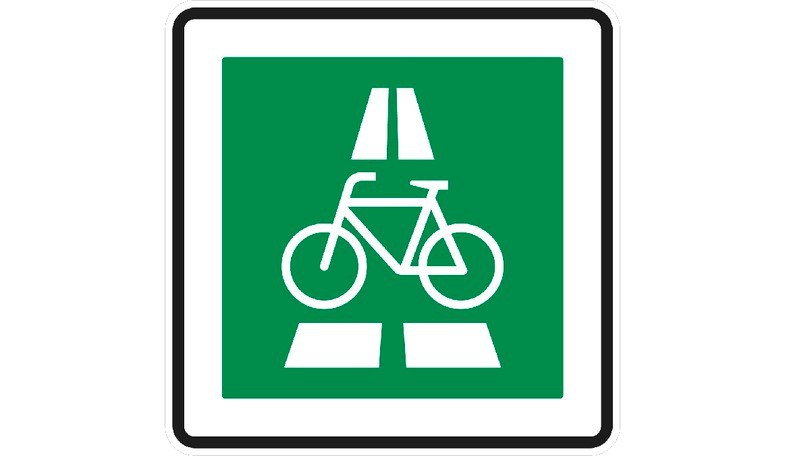
Source: Federal Ministry of Digital and Transport
Cycle highways are cycle paths that are intended for fast, trouble-free traffic due to their independent traffic importance and special structural standards. This makes Cycle highways particularly interesting for urban areas and metropolitan regions with a high potential for cycling. They are used to increase commuter traffic by bicycle, to avoid traffic jams and to make traffic flow more smoothly. Cycle highways can thus reduce negative traffic consequences such as noise pollution and pollutant emissions and contribute to climate protection.
Since 2017, the federal government has been funding the planning and construction of Cycle highways that are the responsibility of the federal states and municipalities (by 2030 with a total of around €390 million).
Cycle highways:
- usually have a length of more than 10 km;
- have a forecast of at least 2,000 cycle trips per day;
- usually have a width of 3 metres (single-lane) or 4 metres (two lanes);
- are structurally separated from other road users (particularly pedestrians);
- are equipped with safe and convenient intersections;
- have a high surface quality and a low gradient;
- are operated and maintained in a permanent and safe manner, incl. winter maintenance service.
Cycle highways are particularly well suited for urban areas and metropolitan regions. They are particularly suitable for commuter traffic.
The federal government contributes an average of 75 % to the costs of planning and building.
The conversion of crossing points and the safety equipment of the paths including lighting are also funded.
41 cycle highway projects are currently being funded.